|
|
Better barrier For building applications, wall coatings made of the material can offer both acoustic and thermal insulation properties. Duflot Industrie, Caudry, France. www.flexifunbar.org [Reader Service: February 2009 #217] |
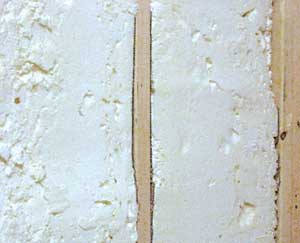 |
Noiseless neighbors [Reader Service: February 2009 #218] |
 |
Sound blanket [Reader Service: February 2009 #220] |
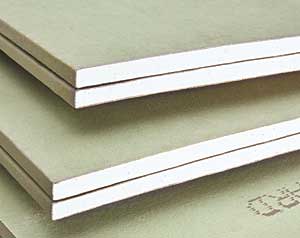 |
Double stuffed [Reader Service: February 2009 #219] |
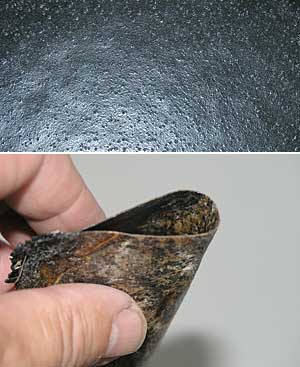

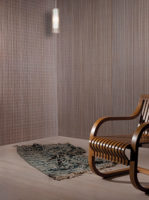
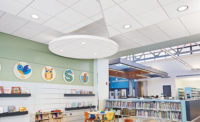
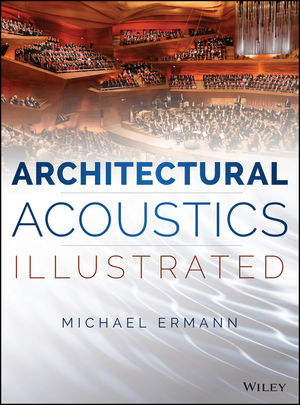
Post a comment to this article
Report Abusive Comment